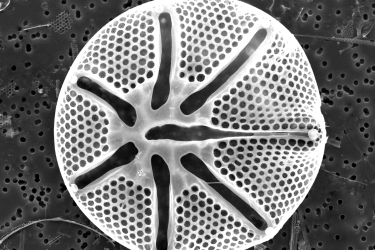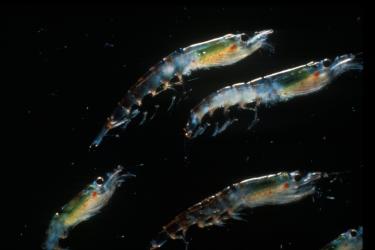Last month we completed the second Central Coast Collaborative Passive Acoustic Monitoring Survey (CCC-PAM), and whoa, it was an adventure! While we managed to deploy all our equipment, the weather was not terribly kind to us. Between deployments, we experienced two atmospheric rivers, high seas, local flooding, and crazy winds.
While the trip proved to be a success (see the map above for all of our sightings and deployments), we took home a very valuable lesson…sometimes you just need to wait until the stars align to get your work done. Let me explain what I mean by that.
On the day of our retrieval, the weather window was good enough to collect the equipment, but one of our eight buoys had not sent a GPS ping in over 15 hours. With the currents moving close to 1kt, that buoy could have moved nearly 15 nautical miles during that time. Lucky for us, we were able to spot all of the other buoys near their most recent GPS location, but Drift 48 was nowhere to be seen. After an hour surveying the area where we would have expected Drift 48 to be, we had to cut our losses and transit south to pick up the two southernmost buoys (Figure 1).
Once back at the dock, we cheered about the successful pickup of 7 of our drifters, but were saddened by the loss of Drift 48. Exhausted and hungry, we made our way back to our rental house and started cleaning gear and packing the van for the long journey back to San Diego.
The next morning, we were ready to start driving south, when Anne suddenly exclaimed, “Drift 48 is alive! There are new GPS positions!” My head spun with what that meant, the R/V Shearwater had already begun the transit back to its home port in Santa Barbara. How were we going to get out there? We need a vessel! After some discussion, and frantic calls to colleagues who may have access to a boat, Shannon and Anne decided to drive down to the Morro Bay harbor and start talking with local boat captains. Within an hour of chatting with people at the docks, they called me and said, “We found a boat! A whale watch captain has agreed to take us out. Pack your bag, we are leaving ASAP!”
The four of us (Shannon, Anne, Kaitlin and myself) packed our bags and drove down to the dock. We were met by Captain Kevin who showed up with a small backpack, a wetsuit and a boogie board. When I asked him about the boogie board he said, “Well if i have to jump in and wrangle this thing back to the boat, I will.” I chuckled and explained that hopefully no one would be jumping into the ocean that day.
Once loaded onto the whale watching vessel, we were off to the races (at a slow 8 knots!). After a few hours at sea, the Coast Guard requested we return to port as the buoy was too far offshore for the whale watching company’s license. So we turned back to land, feeling defeated. Anne, who was up in the wheelhouse chatting with Captain Kevin, asked if he knew of any other vessels that would be willing to take us out before the next storm rolled in. In a flash, Kevin began calling every captain in town to see if they could help. After many “nos” and a few, “let me check my schedules” we finally had a tentative “yes!” Captain Wayne could take us out early the next day on his boat the F/V Flying Fish.
That evening, the GPS on Adrift 48 went silent again! We were still planning on heading out to sea to look for it, but a sense of dread set in that we would be looking for a needle in a haystack. However,as the sun rose the next day, just as it had the day before, we started to receive GPS pings from our lost drifter. Phew, crisis averted! The seas were calm and the skies were clear, but the next storm was on its way. This was it, it’s now or never! With consistent GPS updates, and the help of Captain Wayne, we rushed out to the buoys location. Once in the vicinity, I spotted part of the buoy that could just be seen above the water's surface. Instead of flying six feet above the surface of the ocean, the tall pole we use to find the drifters at sea was sunk in the water, and only the GPS and the surface float could be seen. Back on the dock we could see that the pole, which is hollow and has an opening on the top end, had filled with water. Clearly it had taken a beating in the last storm.
As we embarked on our long journey back to San Diego, it dawned on me: if we had not met Captain Kevin, we would never have met Captain Wayne. And even if Kevin could have taken us all the way out to collect our lost drifter, there was a good chance that we wouldn't have reached it until sunset and we would have not seen the small orange surface float in the swell. So by waiting an extra day, all of the stars (and satellites) aligned and we left with not only all of our equipment, but also two new connections to wonderful boat captains that offered to help us in the future.





